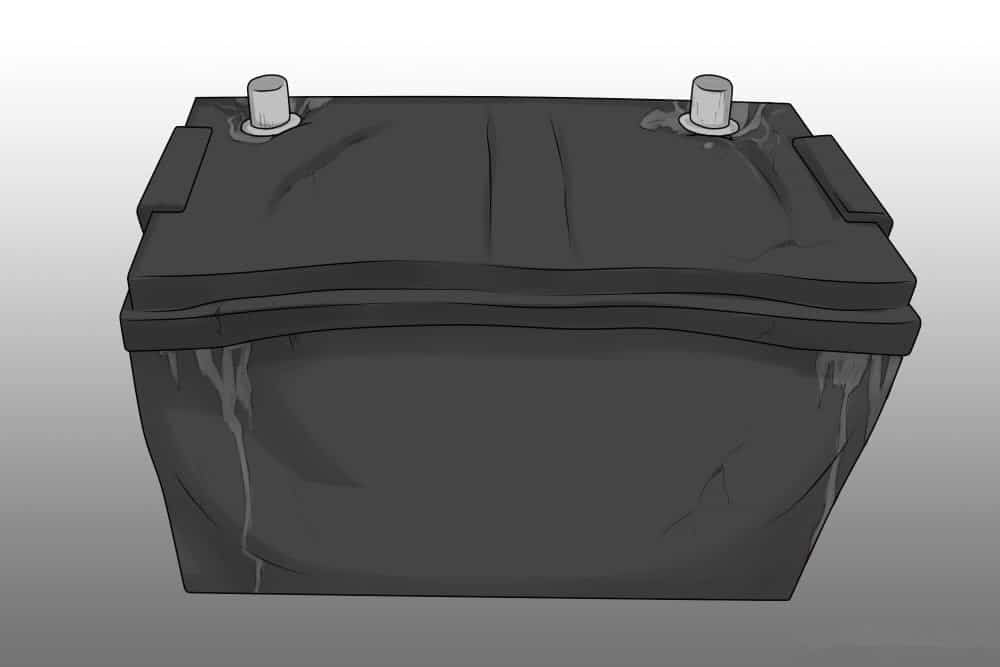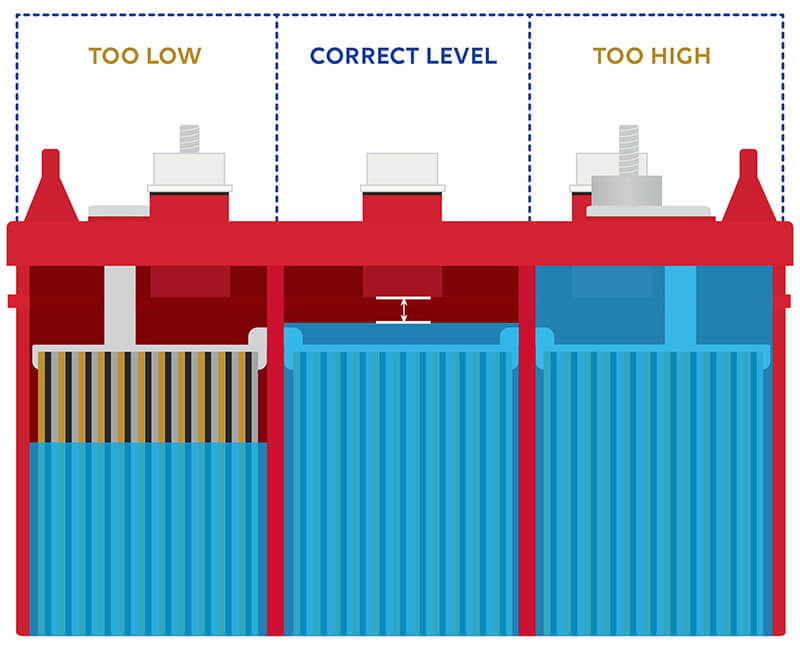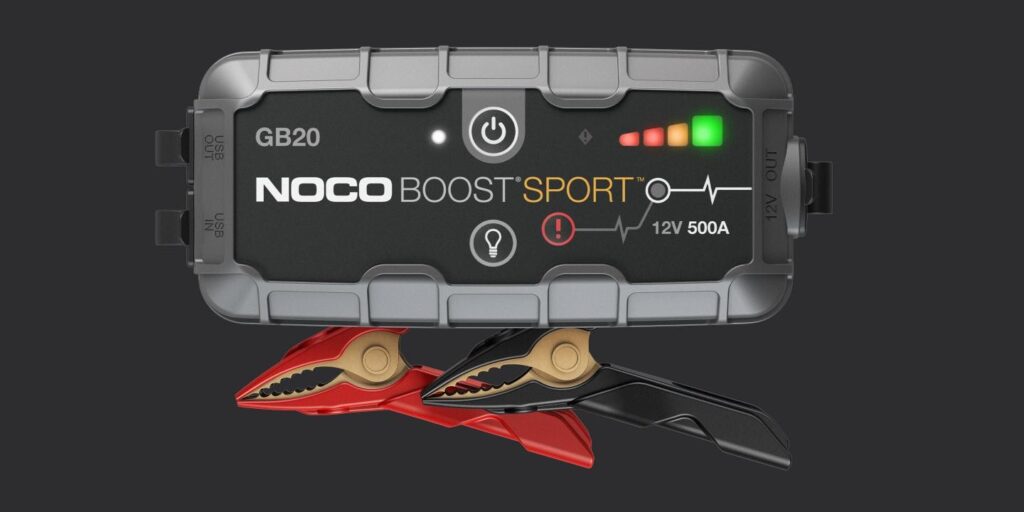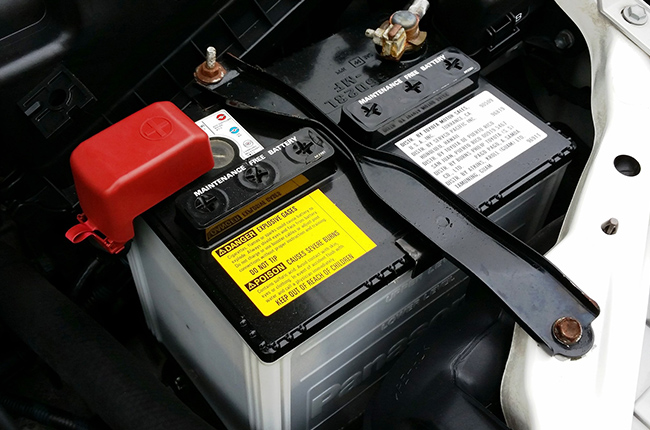Signs of Summer Heat Damage on Car Batteries
Summer heat can take a significant toll on your car battery, leading to unexpected breakdowns and reduced battery life. High temperatures accelerate the chemical reactions inside the battery, which can cause internal damage and decrease its overall efficiency. Recognizing the signs of summer heat damage early can help you take preventive measures and avoid getting stranded with a dead battery. Here’s a comprehensive guide to understanding the signs of heat damage on car batteries and what you can do to maintain your battery’s health during the hot summer months.

1. Slow Engine Crank
One of the most common signs of a failing car battery is a slow engine crank. If your engine takes longer to start than usual, especially after your car has been sitting in the sun, it could indicate that your battery is struggling to hold a charge. High temperatures can cause the battery fluid to evaporate, reducing its ability to generate the necessary power to start the engine.
2. Swollen Battery Case
Heat can cause the battery case to swell or bulge. This is due to the expansion of the battery’s internal components as the temperature rises. If you notice that your battery case is misshapen or swollen, it’s a clear sign that the battery has been exposed to excessive heat and may soon fail. Swelling can also lead to cracks in the battery case, which can cause leaks and further damage.

3. Corrosion on Battery Terminals
Corrosion around the battery terminals is another indicator of heat damage. High temperatures can accelerate the rate of corrosion, leading to a buildup of white, powdery residue on the battery terminals and cables. This corrosion can interfere with the electrical connection, making it difficult for the battery to transmit power to the engine. Regularly inspecting and cleaning the battery terminals can help prevent this issue.
4. Low Battery Fluid Level
Most car batteries are designed with a semi-transparent casing that allows you to check the fluid level inside. High temperatures can cause the battery fluid to evaporate more quickly, leading to a low fluid level. If the fluid level falls below the lead plates inside the battery, it can cause the plates to corrode, reducing the battery’s ability to hold a charge. Checking the fluid level regularly during the summer months and topping it off with distilled water if necessary can help maintain battery health.

5. Dashboard Warning Light
Modern vehicles are equipped with a dashboard warning light that indicates a problem with the battery or charging system. If this light comes on, it’s essential to have your battery and charging system checked by a professional as soon as possible. While the warning light can indicate various issues, it often signals that the battery is not holding a charge or that there is a problem with the alternator.

6. Frequent Jump-Starts
If you find yourself needing to jump-start your car more frequently during the summer, it’s a sign that your battery is not holding a charge effectively. This can be due to the battery’s internal components breaking down faster in high temperatures. While a jump-start can get you back on the road temporarily, it’s crucial to have your battery tested and replaced if necessary.

7. Diminished Electrical Performance
A weak battery can cause various electrical components in your car to perform poorly. If you notice that your headlights are dimmer than usual, the power windows are slow to operate, or the radio and air conditioning system are not functioning correctly, it could be due to a failing battery. Heat damage can reduce the battery’s ability to supply consistent power to these components.
Preventive Measures
To mitigate the effects of summer heat on your car battery, consider the following preventive measures:
- Park in the Shade: Whenever possible, park your car in a shaded area or use a car cover to protect it from direct sunlight. This can help reduce the overall temperature inside the engine compartment and prevent the battery from overheating.
- Regular Maintenance: Schedule regular battery inspections and maintenance, especially during the summer months. A professional can check the battery’s fluid level, clean the terminals, and test its overall health to ensure it’s functioning correctly.
- Battery Insulation: Consider using a battery insulation kit to protect your battery from extreme temperatures. These kits are designed to insulate the battery and maintain a stable temperature, reducing the risk of heat damage.
- Avoid Short Trips: Short trips can prevent your battery from fully recharging. If possible, combine short trips into longer ones to allow the battery to recharge fully.
- Replace Older Batteries: If your battery is more than three years old, consider replacing it before the summer heat sets in. Older batteries are more susceptible to heat damage and are less likely to hold a charge effectively.
Summer heat can take a toll on your car battery, reducing its performance and even leading to failure. Recognizing the signs of heat damage—like a slow engine crank, a swollen battery case, corrosion, low fluid levels, dashboard warning lights, frequent jump-starts, and diminished electrical performance—allows you to take proactive steps to maintain your battery’s health. Regular maintenance, proper parking, and preventive measures are key to ensuring your battery remains reliable throughout the hot summer months.
At West Can Auto Parts, we understand the importance of a dependable car battery. Our selection of high-quality car batteries is designed to withstand extreme temperatures and keep your vehicle running smoothly. Visit us today to find the perfect battery for your car and get expert advice on keeping it in peak condition. Don’t let the summer heat leave you stranded—trust West Can Auto Parts for all your car battery needs.








